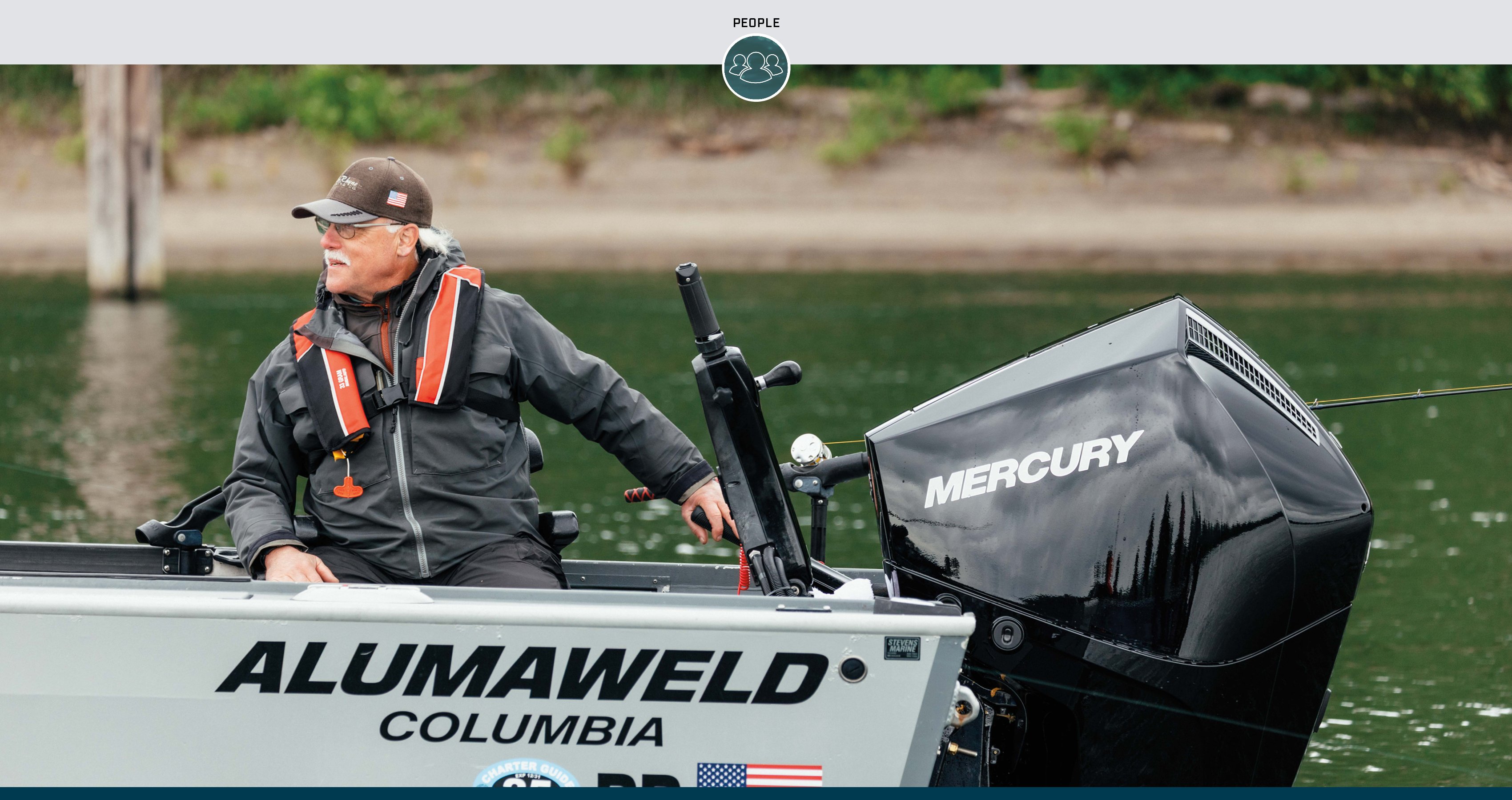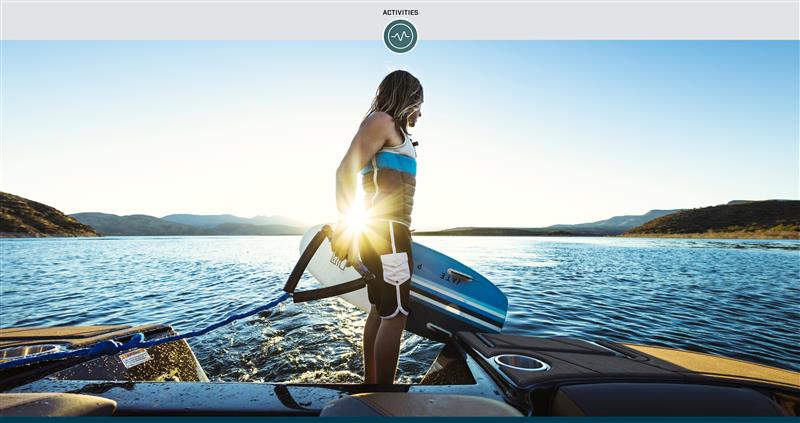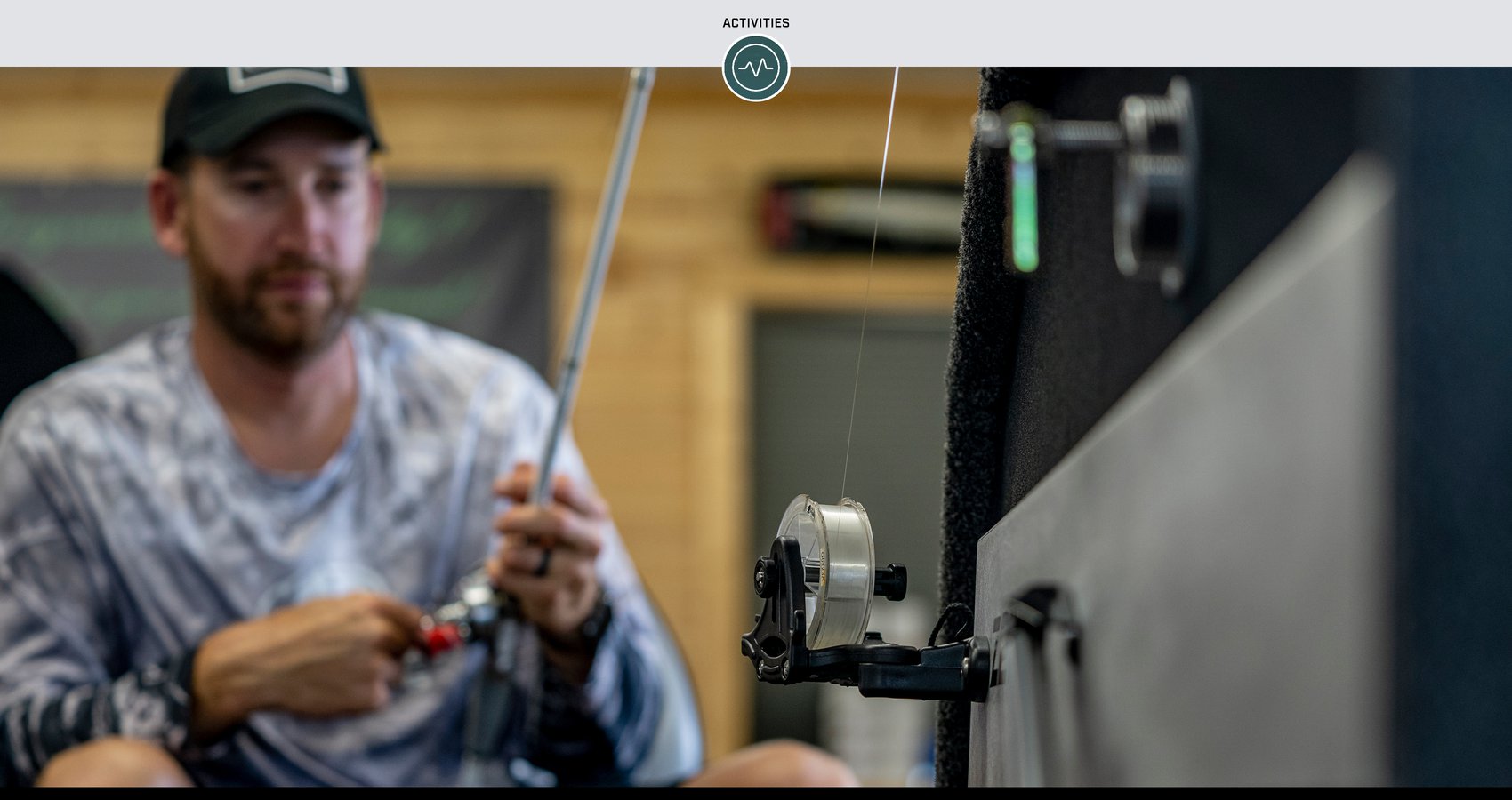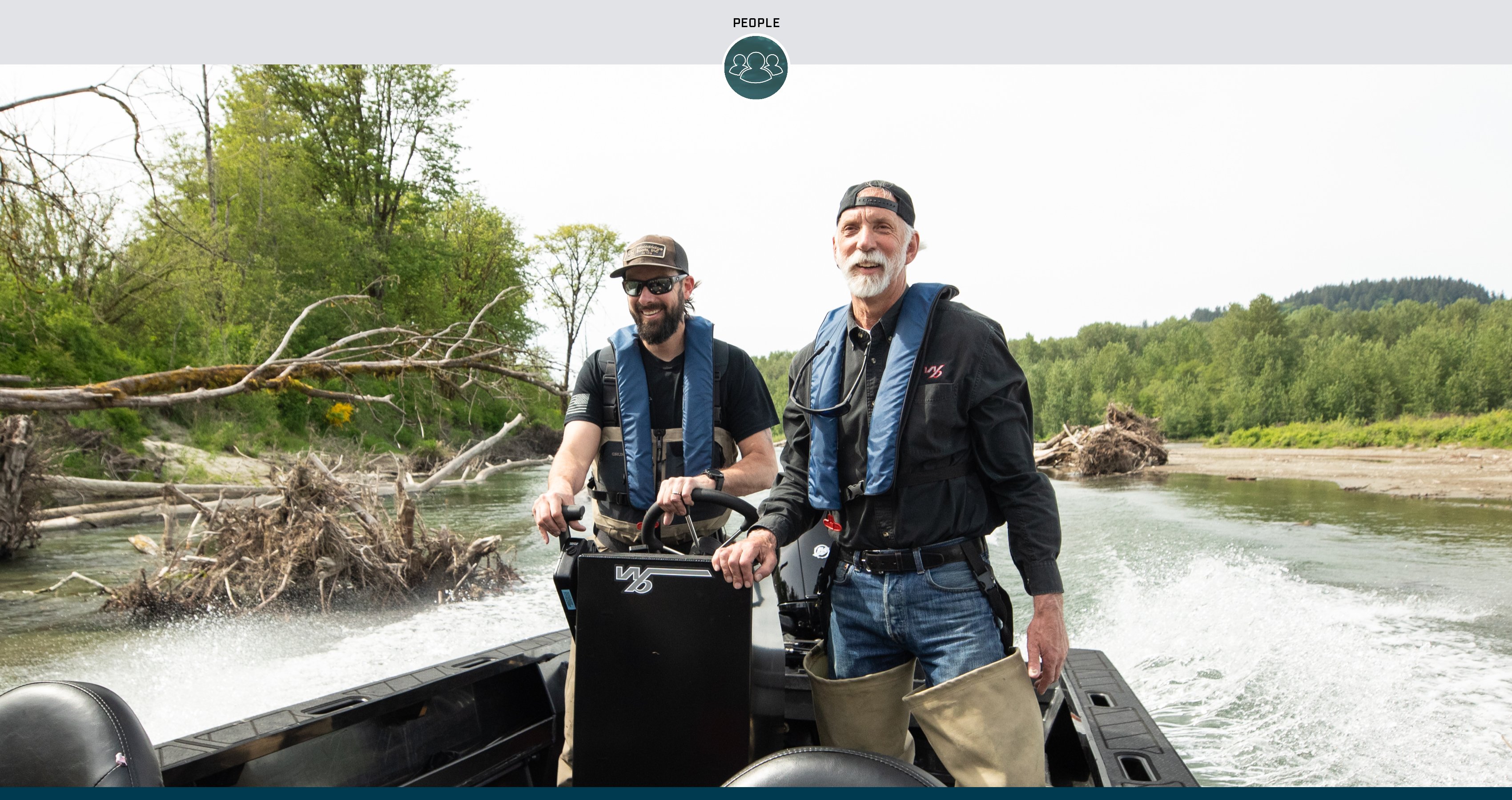As LED lighting technology has advanced in recent years, there’s been a growing trend toward equipping boats with underwater lights. Today’s transom lighting packages are so sophisticated you can program them to change color continuously and even pulse to the rhythm of the tunes you play on board. But for anglers, underwater lights are nothing new. They have been putting lights in the water around their boats at night to attract fish for decades.
Underwater lights attract the microscopic plankton that small baitfish feed on. The baitfish, in turn, draw the bigger fish that prey on them to the lights, the boat and, ultimately, the angler’s hook.
Mike Frenette, owner/operator of Redfish Lodge of Louisiana, a saltwater tournament angler, charter fishing guide and Mercury Pro Team member, has been using underwater lights as a tool for night-fishing for more than 30 years.
“We actually started off using Coleman® lanterns and hung them from a pole off the side of the boat. Then it migrated to generators and quartz-beam lights,” Frenette said.
Today, the manufacturers of many fishing boats of all sizes offer them with a transom LED underwater lighting package.
“Even your big offshore boats – your 50- and 60-foot boats – they have them too, nowadays,” Frenette added.
The Frenette family fishing team operates a fleet of four boats, including a 26-foot Triton® and two 28-foot Caymas® hybrid bay boat/center-consoles powered by Mercury Verado® outboards, and a 25-foot TideWater Performance Cat tournament boat with a Mercury 300hp Pro XS® engine.
“All our boats have built-in underwater lights on the transom that are very powerful,” Frenette said. “When the water is clean enough, you can see the beam probably 25 to 30 feet away from the boat. That attracts a variety of baitfish, including shrimp, small menhaden, glass minnows, that type of thing. Soon after that come the speckled trout and redfish behind them. We use lights to catch tuna offshore as well. That brings up little flying fish, which are good bait for tuna.”
While today’s LED underwater lights come in a whole rainbow of colors, the ones that work best for attracting fish is a matter of opinion.
“I like white or green light,” Frenette said. “I think the green light and the regular white light, for whatever reason, are the most effective way to bring fish to the boat.”
As for the best location for fishing with underwater lights, you need to know your local waters.
“It’s no different than fishing in the daytime,” Frenette said. “You want to pick a spot where the fish are – either on the edge of oysters or a point with water moving around it.”
He added that many people who own waterfront homes with docks will mount underwater lights on the pilings and turn them on when it gets dark.
“Docks are great places to fish at night,” he said. “Fish tend to hang out there when things are calm and there’s not a lot of boat traffic. The baitfish hide around the pilings, and the predator fish are hanging around the pilings as well.”
When using underwater lights to target redfish, Frenette recommends using a Strike King® Tidal Shrimp and/or Flood Minnow artificial lure.
“A Flood Minnow at night can look like a glass minnow, so that’s a very good bait to use with a very light jighead – probably 1/8 or 1/16 ounce – so it just kind of softly floats on down,” Frenette explained. “You just give it a couple of twitches so it looks really natural and blends into the bait that is swimming around the boat. You don’t need to use heavy tackle when you are doing this, just 12- or 15-pound fluorocarbon leader on a spinning reel so your bait is stealthier on the presentation.”
Underwater lights on the transom of your boat not only can create a beautiful effect at night, but they also make a great addition to your fishing arsenal.
For information about Mike Frenette’s Redfish Lodge, visit laredfish.com. You can also follow him on Facebook or Instagram.
All trademarks are the property of their respective owners.




